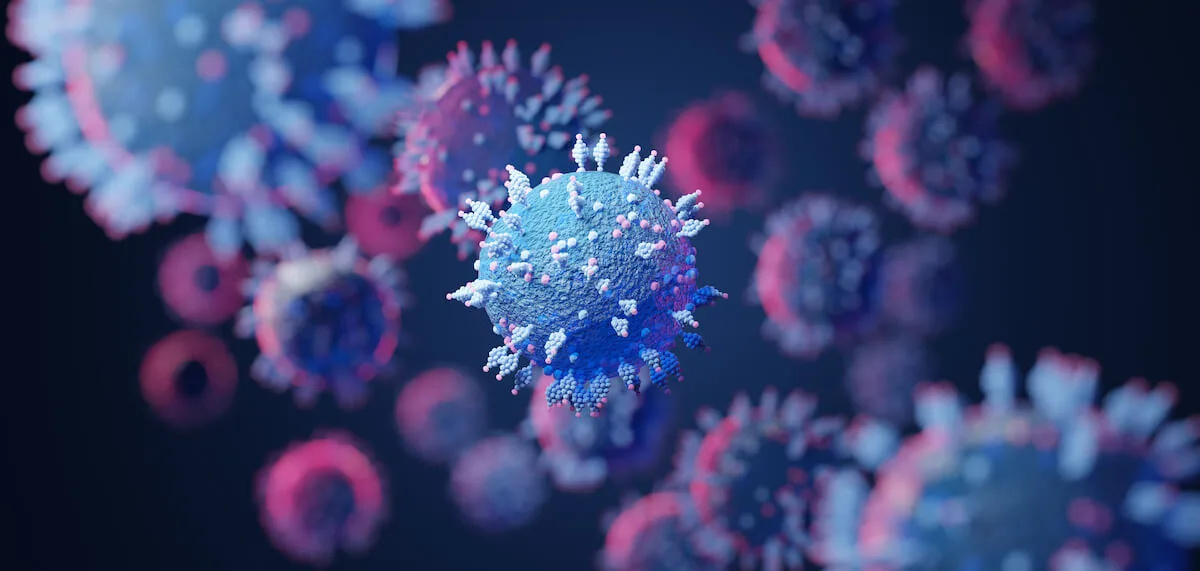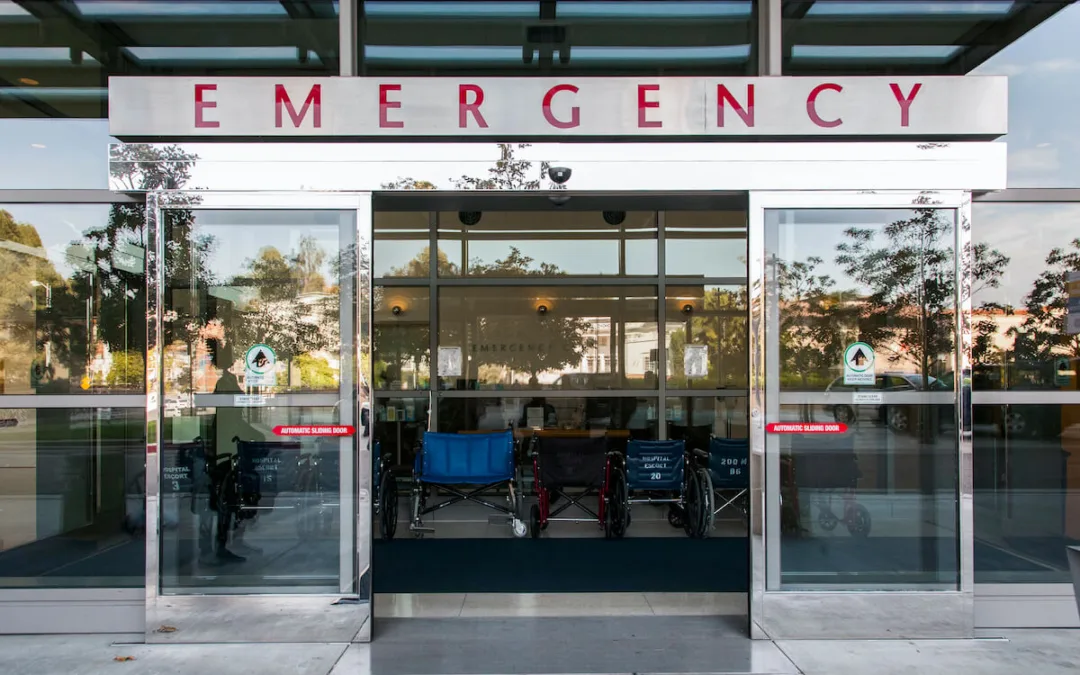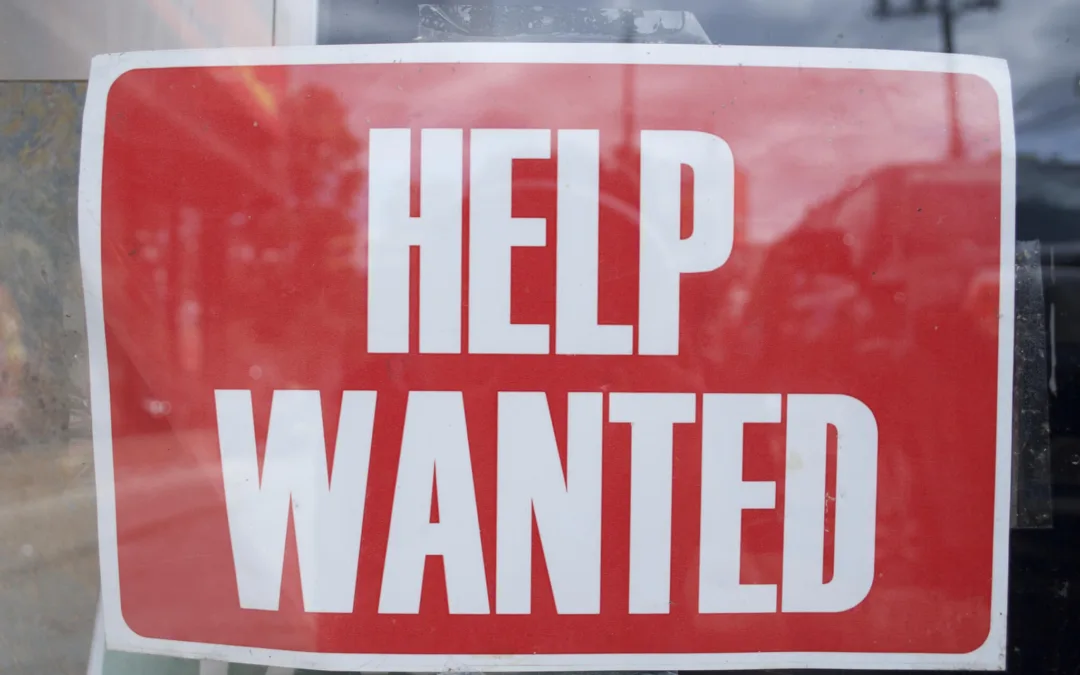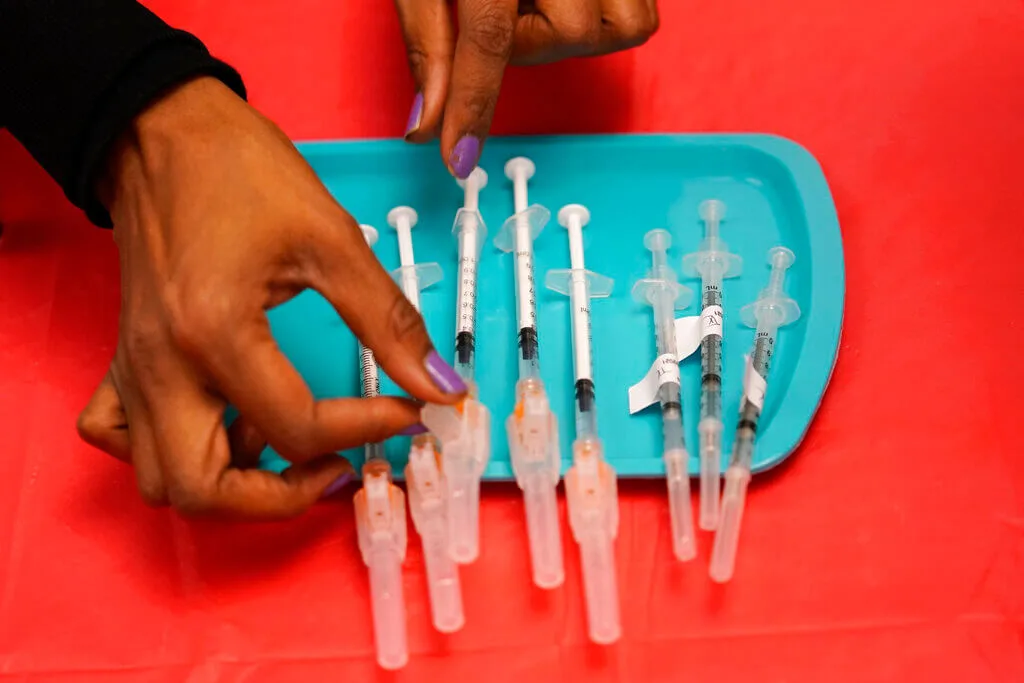
#image_title
#image_title
Wisconsin still stubbornly below 50% receiving at least one dose of protection against a virus that has now killed 7,200 in the state.
The Wisconsin Department of Health Services (DHS) Deputy Secretary Julie Willems Van Dijk announced the relaunch of the “You Stop the Spread” campaign to promote getting vaccinated against COVID-19 in a Tuesday briefing. Originally, the campaign promoted safety precautions such as wearing a mask and social distancing, but now DHS is pivoting to promoting vaccinations as the state still has yet to reach 50% of residents to receive one dose.
DHS is making the new push as the state’s pandemic death toll reached 7,200 on Thursday. The department’s latest update shows 48.8% of the state’s population has received at least one dose of vaccine, while 43.6% are fully immunized—figures far short of a “herd immunity” level that would make it far less likely that non-immunized people would become infected by the coronavirus.
The multimedia campaign will reach platforms such as weekly papers in rural areas, radio and television stations, outdoor advertisements, public transit, and all types of digital/social media in order to interact with every demographic. Health equity grantees that the state has funded to combat historical health care disparities in their communities are being asked to create new and unique ways to promote getting vaccinated—ideas include hosting town halls, assisting in translating vaccine materials and resources into more languages, and recruiting local musicians to make music videos.
“Our data shows that we need to reach younger Wisconsinites, and I doubt many 20 year olds are watching this [DHS] briefing, but maybe they’ll listen to music videos and learn more about vaccine efficacy and the activities that vaccination can open up for them,” Willems Van Dijk said.
Authentic connections to people in the community who have not yet been vaccinated are important to raise numbers. These people who have direct contacts, and have been vaccinated, are called trusted messengers. Willems Van Dijk stressed the importance of this role.
“Telling their own stories about getting the vaccine is how we move the needle on our vaccination numbers and move through this pandemic,” she said.
The campaign will also specifically focus on reaching Wisconsinites in rural areas and people of color, two groups who have disproportionately lower vaccination rates for a variety of reasons. Many rural areas have historically lower vaccination rates in general, one of the reasons being accessibility.
RELATED: Grassroots Vaccine Efforts Are Growing In Wisconsin
“Working on places like county fairs or festivals, farmers markets, all kinds of events to make vaccine available will also be part of the strategy to reach people who are still making up their mind, who may not go out of their way to get a vaccine, but if they happen to run into a vaccine at an event that they’re already at will be really willing to consider it,” Willems Van Dijk said.
Many people of color are essential workers, and don’t have the time or resources to learn about the vaccine or where they can get it administered.
“We’re closing those gaps, but we need to continue to do everything we can to close the margin,” Willems Van Dijk said.
Many states, including Wisconsin, are relying on the new eligible age group of 12-15-year-olds to increase their vaccination rate. So far, only 23.3% of these children have received at least one dose. Meanwhile, adults 65 and older have exceeded the 80% goal, with 83.7% of them having received at least one dose.
One of the challenges of tracking vaccination rates comes from part-time residents: This includes groups such as college students and snowbirds who have dual residence in different states. Some older residents who may have gotten vaccinated in a state other than Wisconsin while they were on vacation are not counted in the state registry as being vaccinated if they didn’t use their Wisconsin address.
This applies to college students as well; if they got their vaccine series while at university in a different state using their college address, they are also not counted in the Wisconsin data. To counteract this, Willems Van Dijk said they could bring their vaccine card to their general physician to have it entered into their Wisconsin medical records.
Though the vaccine is offering a light at the end of the tunnel, Dr. Ryan Westergaard, the state’s chief medical officer, stressed that the pandemic is not over and safety precautions like wearing masks, social distancing, and getting vaccinated can still save a person’s life, especially because it is likely that COVID-19 may become an endemic illness that won’t be fully eradicated.
“Yes, the pandemic is in a better position than it was, but everyone who dies of COVID-19 is dying a preventable death. I’m never gonna advocate that we stop trying or that we do less,” Westergaard said. He did emphasize that getting vaccinated will help control the virus globally “such that dangerous new genetic variants may not have an opportunity to emerge,” and that’s how we will know that the pandemic is starting to come to an end.
“The whole point is that we reduce disease levels in the community so that we can protect those people who are unable to receive the vaccine,” Willems Van Dijk said. This includes children under 12 who are not yet authorized by the FDA to receive a COVID-19 vaccine, people who have medical conditions or allergies to ingredients within the vaccine, and people who received the vaccine but are in the small margin of error where it did not fully protect them from contracting/spreading the virus.
Politics

Eric Hovde’s company exposed workers to dangerous chemicals, OSHA reports say
A Madison-based real estate company run by Wisconsin US Senate candidate Eric Hovde settled with the Occupational Safety and Health Administration...
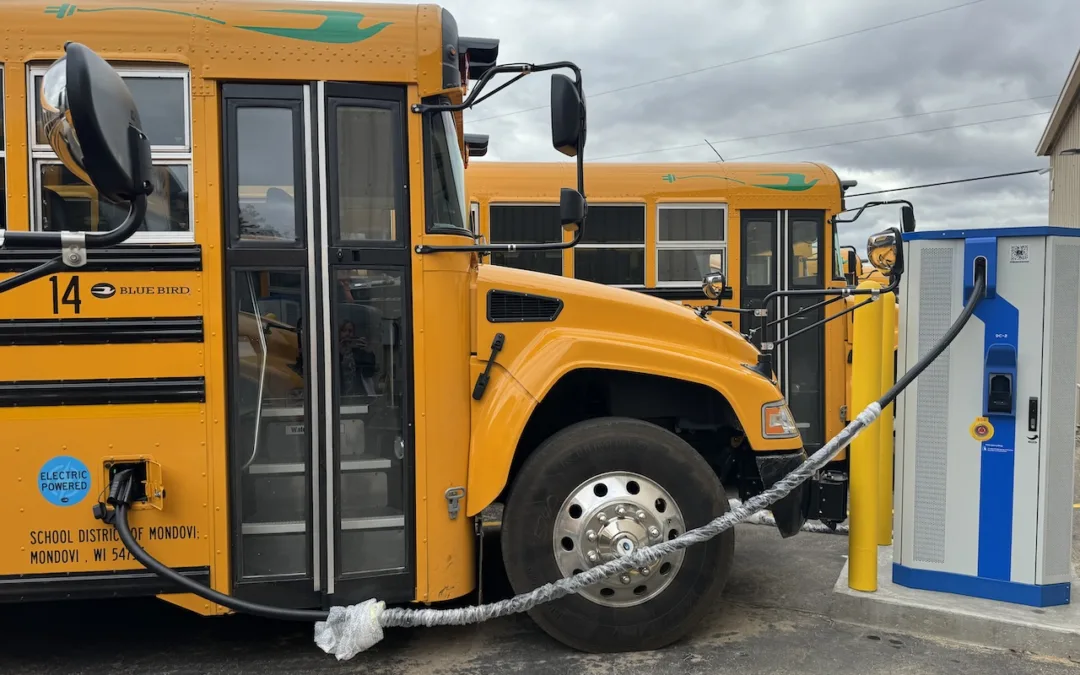
Plugged in: How one Wisconsin school bus driver likes his new electric bus
Electric school buses are gradually being rolled out across the state. They’re still big and yellow, but they’re not loud and don’t smell like...
Local News

Stop and smell these native Wisconsin flowers this Earth Day
Spring has sprung — and here in Wisconsin, the signs are everywhere! From warmer weather and longer days to birds returning to your backyard trees....

Your guide to the 2024 Blue Ox Music Festival in Eau Claire
Eau Claire and art go hand in hand. The city is home to a multitude of sculptures, murals, and music events — including several annual showcases,...


